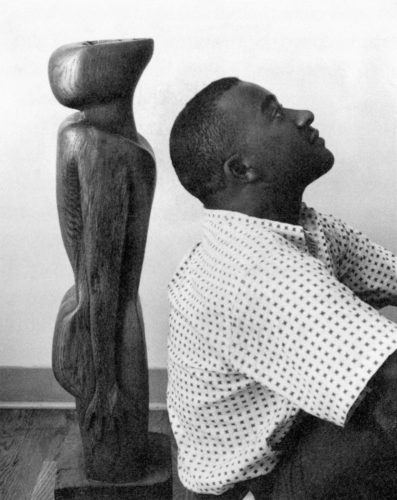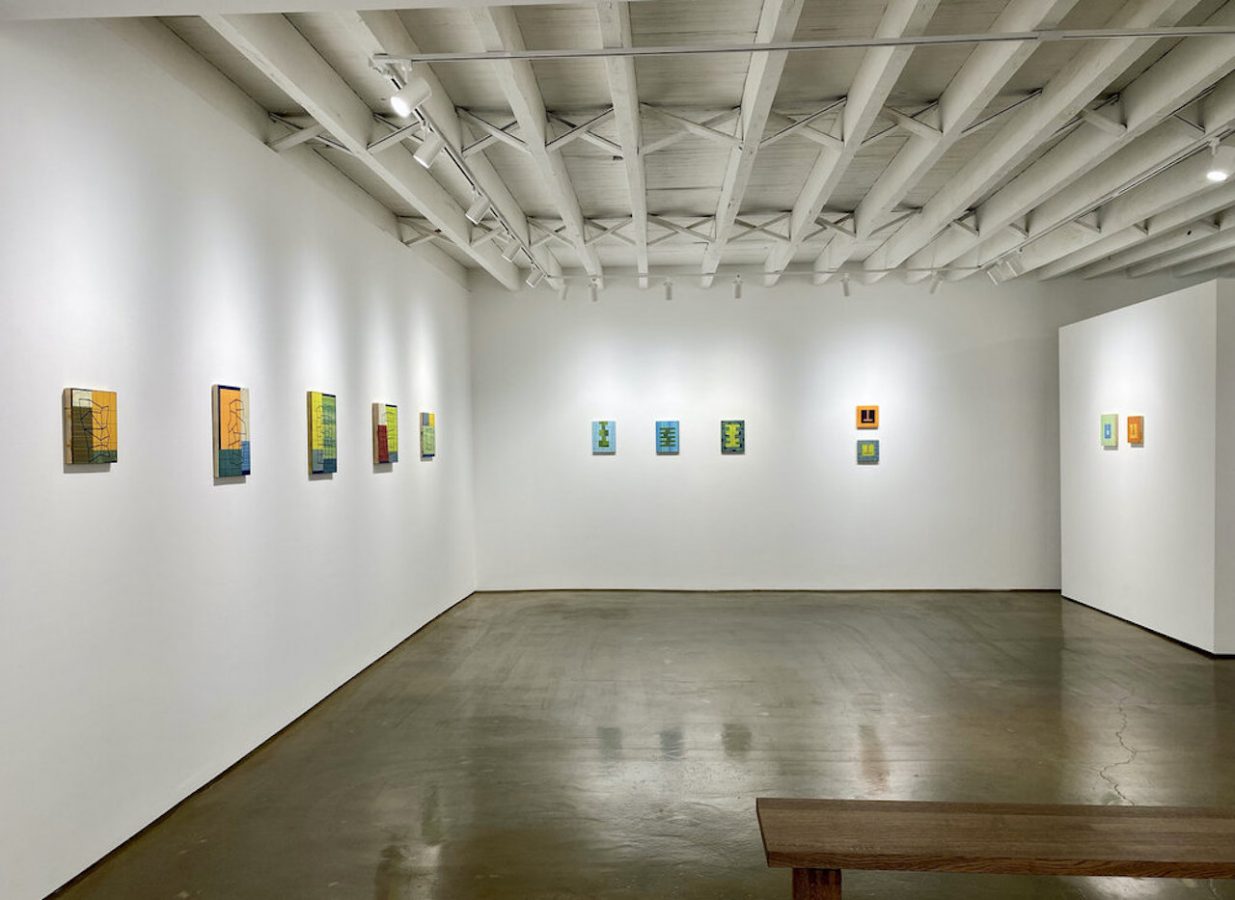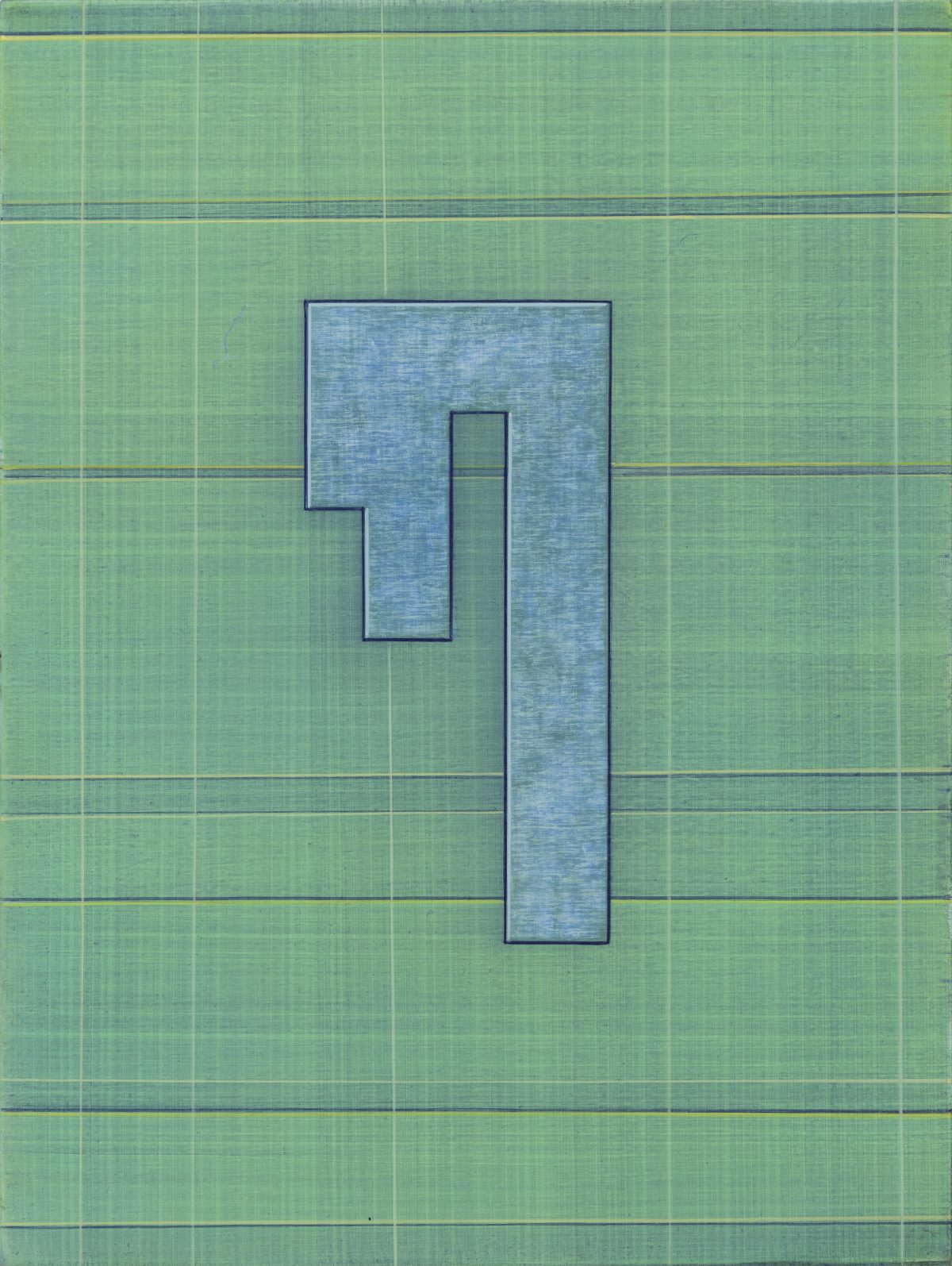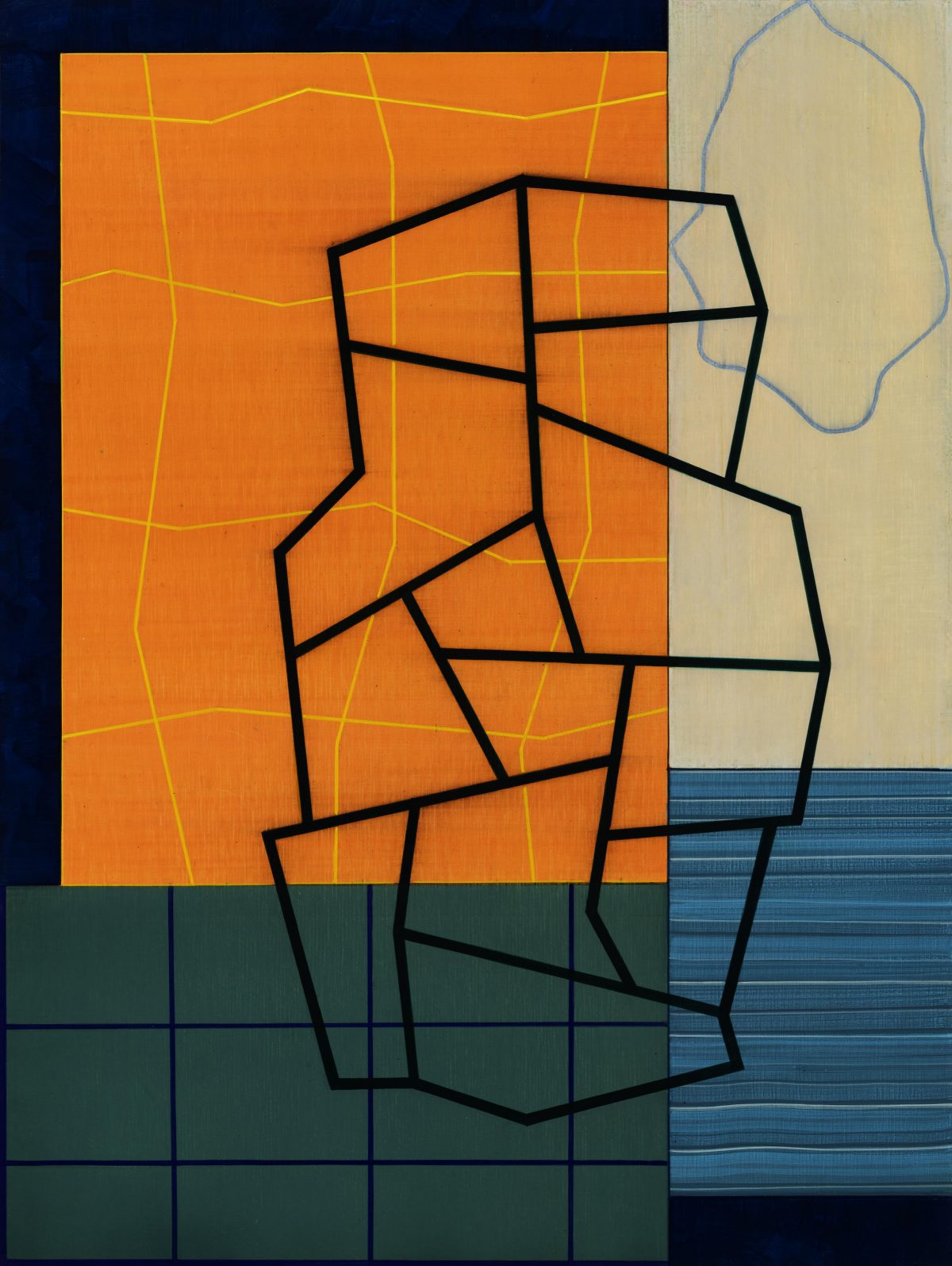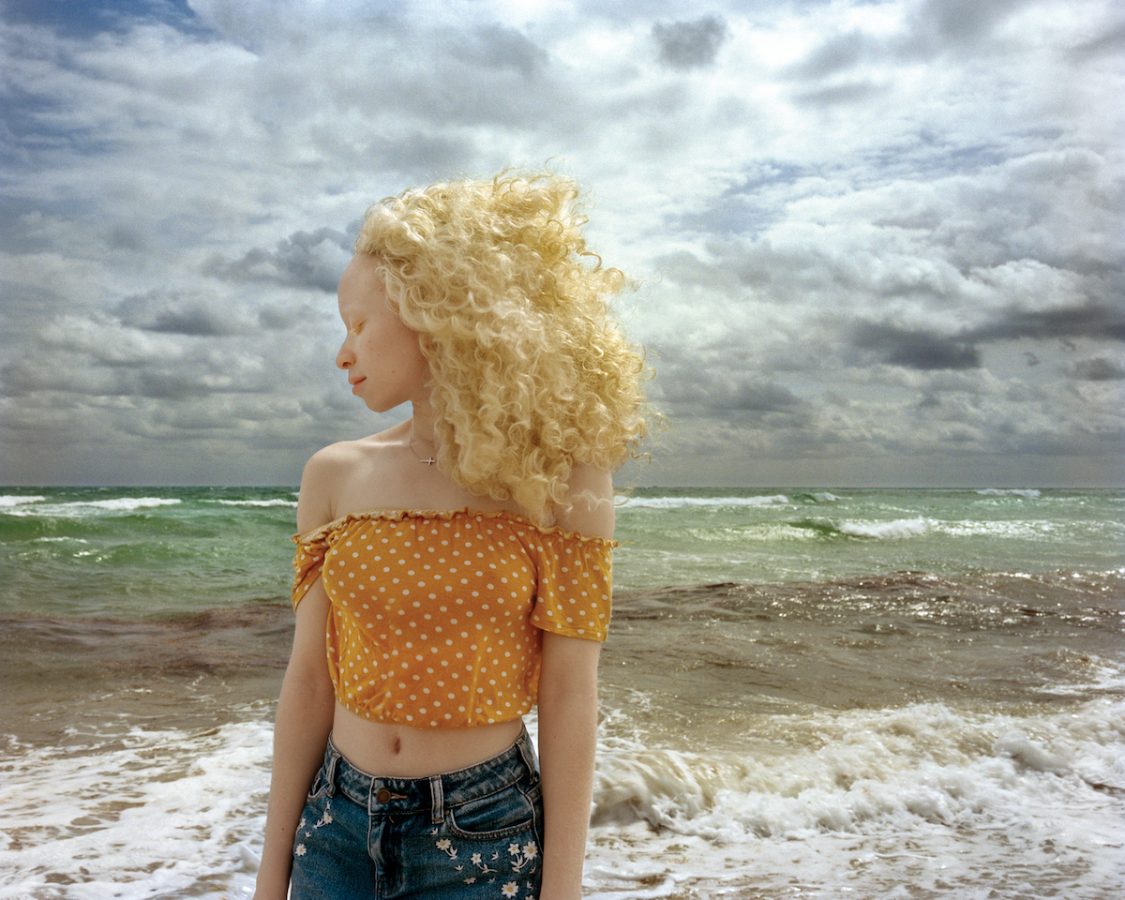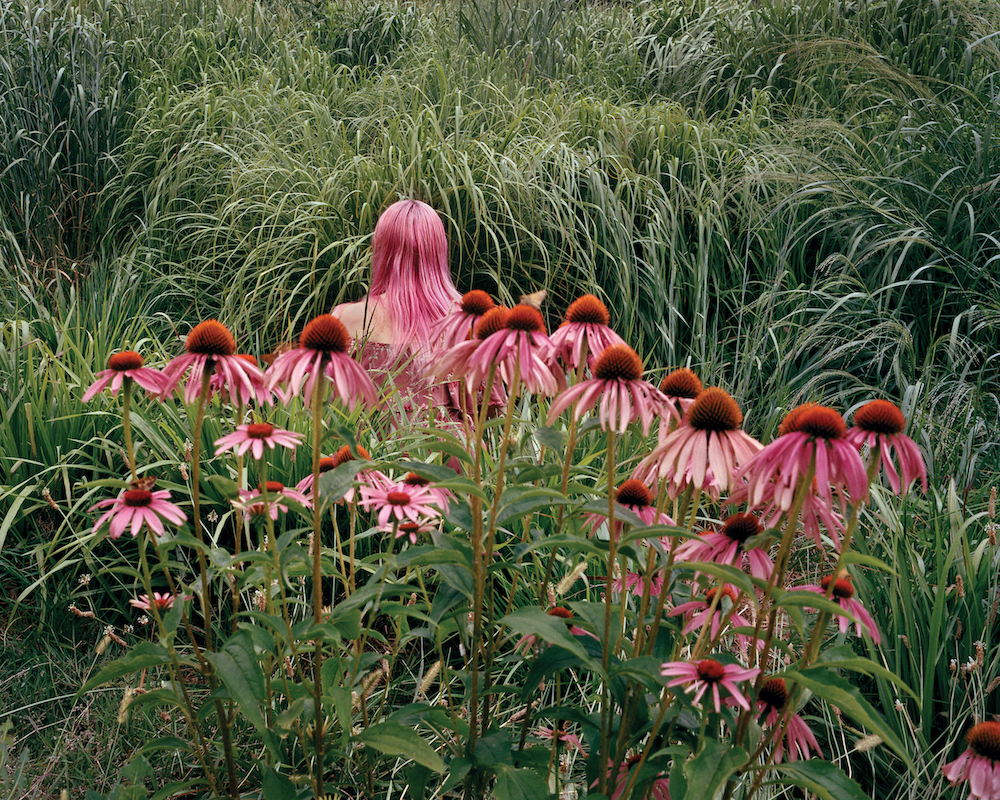Rania Matar: She at the C. Grimaldis Gallery
Through November 6, 2021
Hours: Tuesday through Saturday, 11 a.m.–5 p.m.
The Lebanese-American photographer Rania Matar takes oddly haunting pictures of women, in both the United States and Middle East, that I hesitate to call “portraits.” I’m not sure if that’s a statement that makes any sense, but circling around the gorgeous exhibition She for the second time, I had a disturbing (and maybe problematic?) thought. On any given day, contemporary humans are bombarded with more photographic images than a person a little over a century ago likely would’ve seen in their entire lifetime. And almost everywhere outside of the most conservative corners of the Islamic world—thanks to some combination of social media feed algorithms favoring flesh tones and selfies and advertising from car insurance billboards to porn pop-up ads—the vast majority of those images are of women’s bodies. So it’s actually quite rare and pleasantly surprising these days to see photographs of women that feel really, truly idiosyncratic and utterly arresting.
Matar has managed to assemble a tight but diverse, powerful collection of roughly a dozen images that feel unconventional and fresh while eliciting a range of associations. These are the rare photographic portraits that draw me in and demand time and attention. I’m not tempted to “scroll by” as face-image oversaturation has conditioned so many of us to do—I find myself curious about each of Mattar’s sitters, their contexts, and internal worlds. There are multiple layers of tension in these works—between the formal qualities of the photographer’s compositions and the individual identities of Matar’s sitters, for example. Or the contradictory impressions that each image is meticulously constructed or staged yet somehow bears the energy and vocabulary of a candid snapshot full of happy coincidences.
The strongest pieces, both formally and conceptually, are those that play with the geometry of the human silhouette and its mutability through styling. In Alae, Ramlet Al-Bayda, Beirut, Lebanon, 2020 a chador or abaya billows back into near-perfect right isosceles triangle behind a lone woman on a beach, her face turned three-quarters toward the camera, an inscrutable mask of stoicism. She is Ingmar Bergman’s “Death” in black, stark against the Listerine-colored waters of the Mediterranean. It’s a captivating and evocative image, suggesting just enough hints of narrative to keep the viewer engaged beyond the initial dynamism of the composition.
It’s also one of several portraits that might allude to cultural displacement within the Middle East. In Wafaa and Sanaa, Bourj El-Barajneh Refugee Camp, Beirut, Lebanon, 2017 two women lean against one another, both completely covered by brightly patterned fabric, their faces obscured. It’s a composition that evokes La Pieta, and points to a recurring suggestion in She—that perhaps femininity is defined by conflicting desires for visibility and camouflage.
That’s an impression underlined by my favorite photo in the show and its rare humor. Ciearra (In the Coneflowers), Winston-Salem, North Carolina, 2018 foregrounds a field of hot pink wildflowers. And just behind them is the back of Ciearra’s head, her hair dyed the exact unlikely shade of pink—a vibrantly anonymous blob that blends in with the flowers, but also serves as a visual analog for the silhouette of a hijab.

